KUJU WINERY, Taketa, Oita: Exploring the verdant plateau
2019/11/28
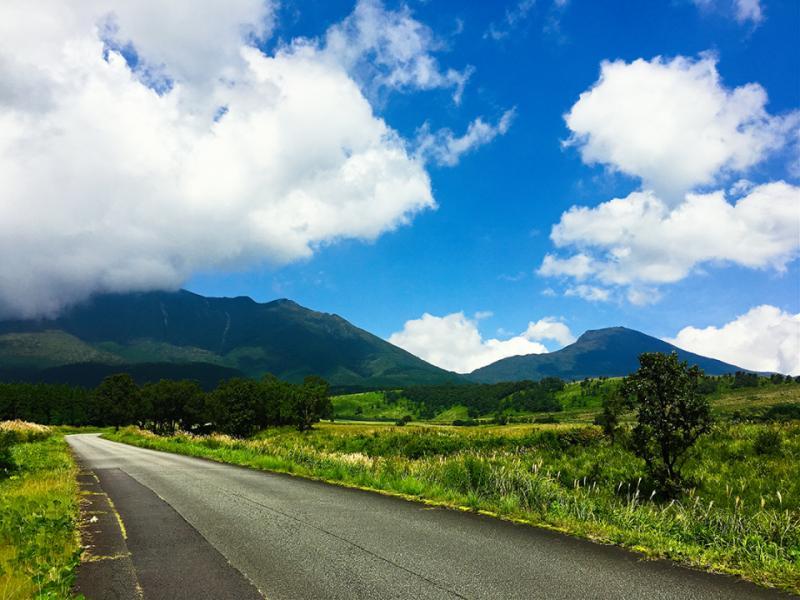
It was a gloriously sunny morning when we set out driving through the city of Taketa in Oita prefecture. Framed by the Aso-Kuju National Park, which encompasses the volcanic Aso and Kuju mountains, the lovely weather made the scenery feel all the more bucolic; the surrounding greenery all the more lustrous.
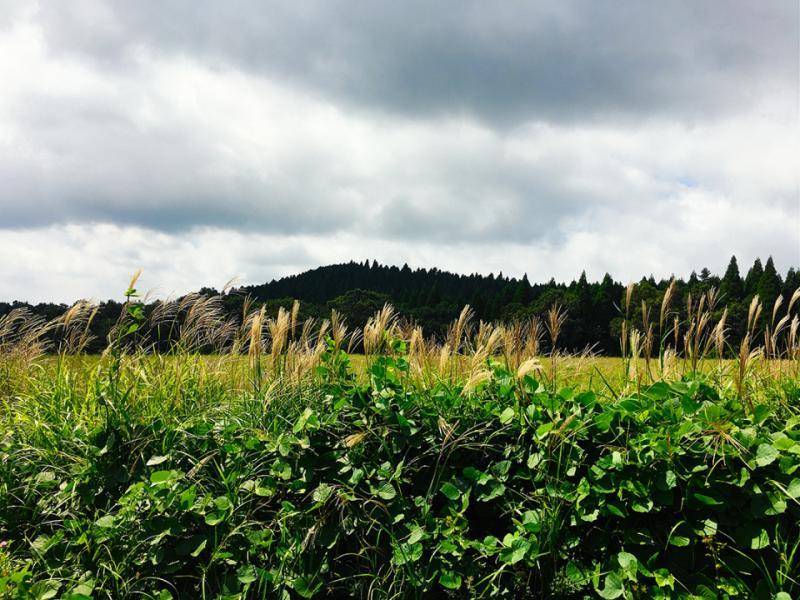
An unexpected find
As the late September breeze stroked our cheeks through the open car windows, the sign seemed to leap out at us from nowhere: “DRUM TAO," it said, with a small arrow underneath it pointing cryptically down a side road. Curious souls that we are, of course we had to see where this intriguing trail might lead.
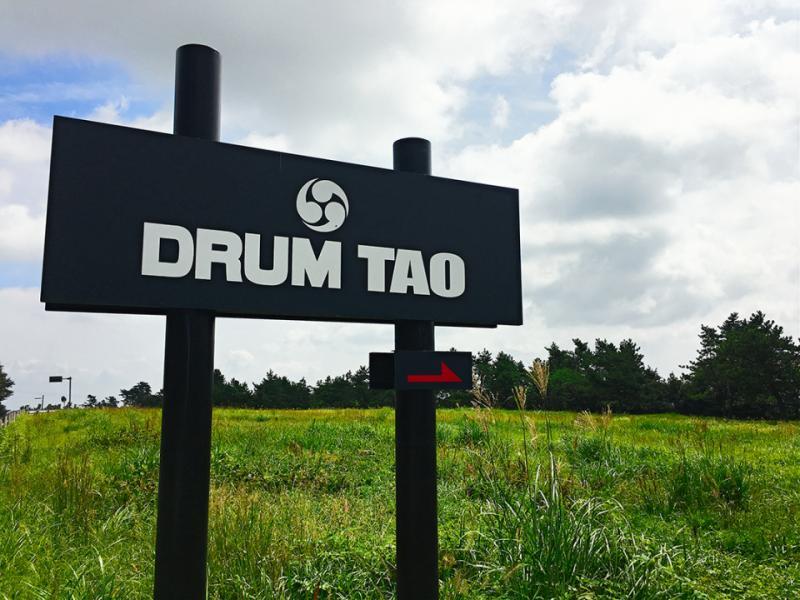
What we found was more green expansiveness, with the road leading toward a couple of small cottage-like structures. Two or three young men eventually came out to greet us, explaining that they were members of the Tao taiko drumming group, which held a large musical, arts and cultural festival on the grounds every August. We closed our eyes for a moment, imagining the imposingwadaiko drums and the spirited scene taking place on the now silently peaceful fields where we stood.
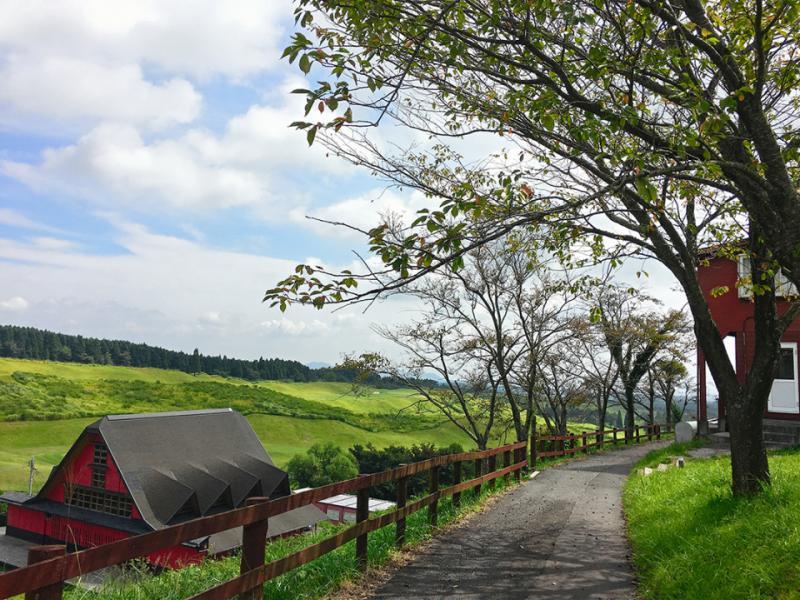
The drummers also declined our request for a photo, saying that we would have to first speak with their management. While somewhat curious at the time, this response made perfect sense when we later found out that the troupe members are athletes and dancers in addition to musicians, and that they are in fact a world-famous traveling unit with an enormous fan base across the globe. Who knew!
Have your wine – and your dramatic scenery too
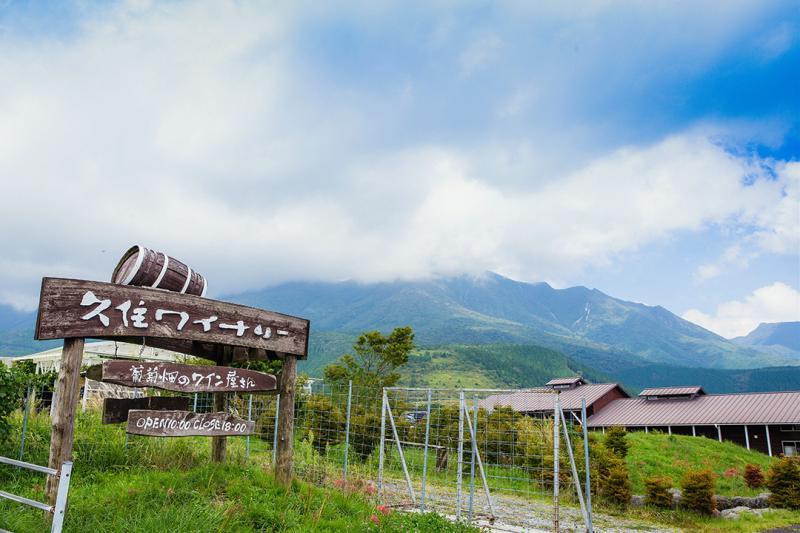
Clambering back into our vehicle, it was not long before we were again lured to stop and explore – this time by the rustic wood sign for the Kuju Winery, which began planting its vineyard grapes in 2002 and produced its first crop of wine in 2006
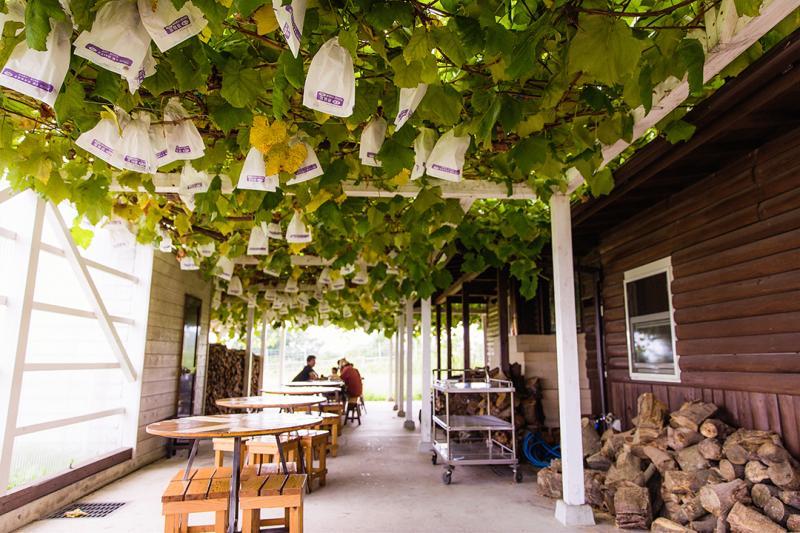
Time for a bubbly bath
Taketa is in the midst of serious onsen territory, with numerous out-of-the-ordinary bathing opportunities on offer. While I hoped to take my companion to an outdoor mud bath in nearby Minami-Aso that I visited several years' prior, the facility was sadly destroyed in the devastating earthquakes that hit the region in 2016. Taketa was home, however, to another unique bathing phenomenon that we were excited to experience: lamune onsen, or carbonated hot springs.
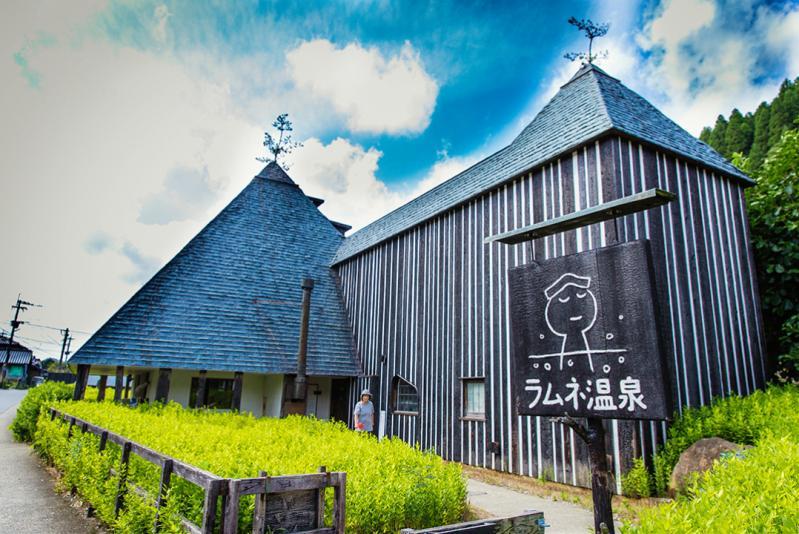
Named after a famous fizzy, soda pop-like beverage, the bubbles don't appear right away, but gradually begin forming around your body after you enter the water. The temperature of therotenburo (outside bath) is lower than that of many onsen, although a warmer option is available indoors. The waters here are said to have healing properties that help alleviate heart disease, gastrointestinal disorders and arthritis.
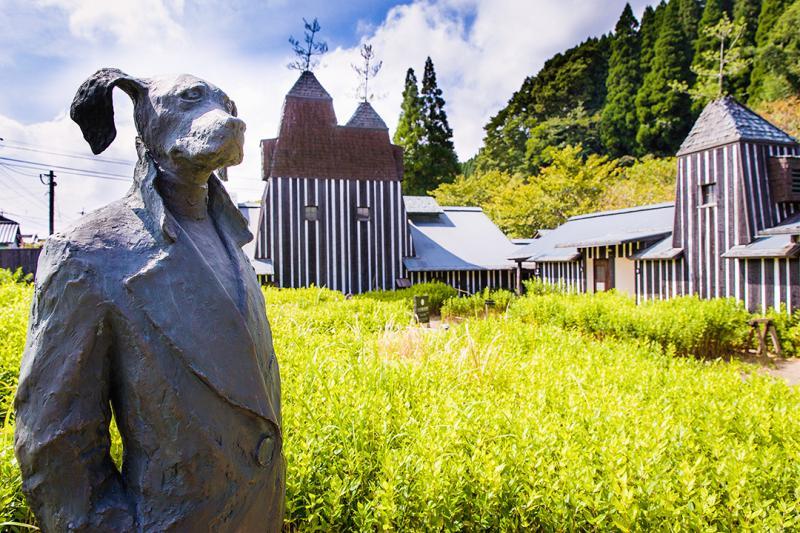
The grounds also offer opportunities for strolling and gazing upon quirky art, and the onsite store offers a variety of goods, as well as bottles of local natural spring water that is high in minerals such as calcium, magnesium, potassium, and sodium.
Thereby freshly bathed, we set off toward Takachiho—but not before stopping to explore the culinary and artistic offerings of this delightful town.
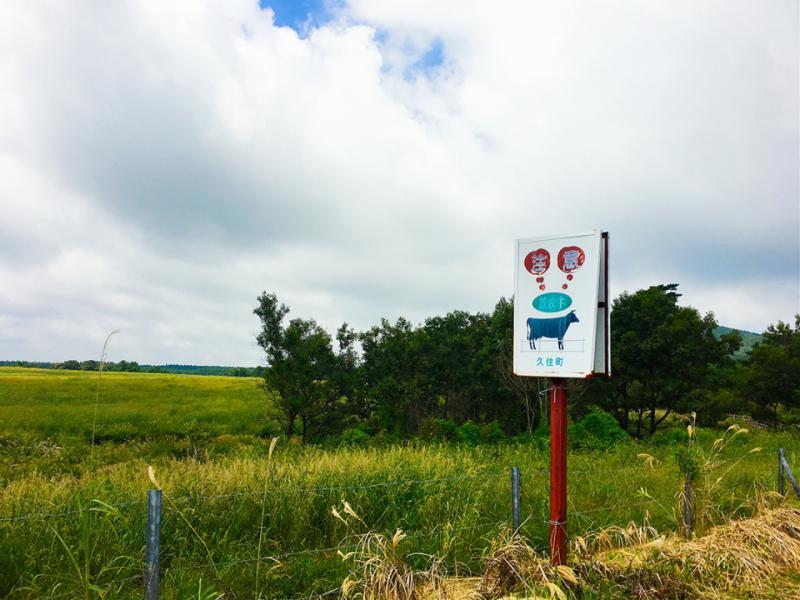
Wirtier :Kimberly Hughes
Kimberly Hughes is a freelance writer, translator, and community organizer who is originally from the desert of the southwestern U.S. and has been based in Tokyo since 2001. She is somewhat addicted to global travel, and also loves cooking, gardening and reading.

 HOME
HOME

